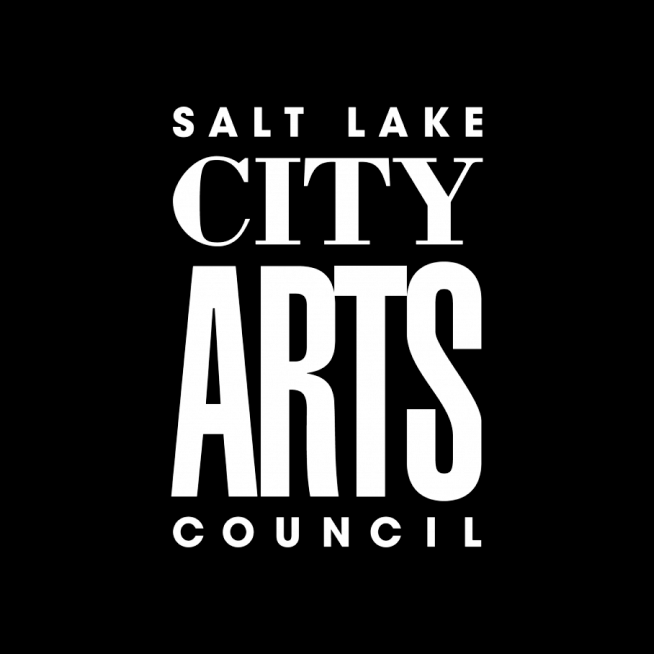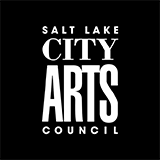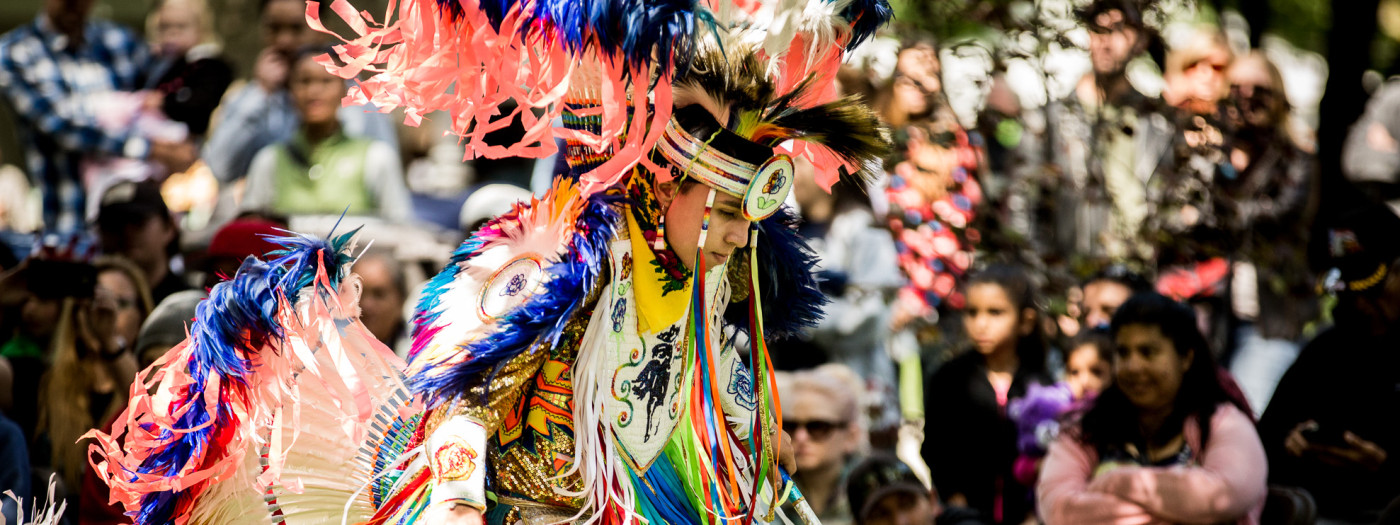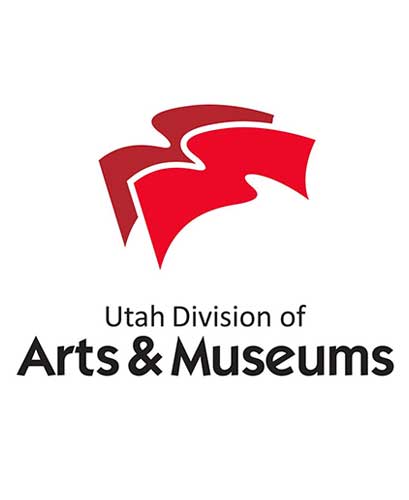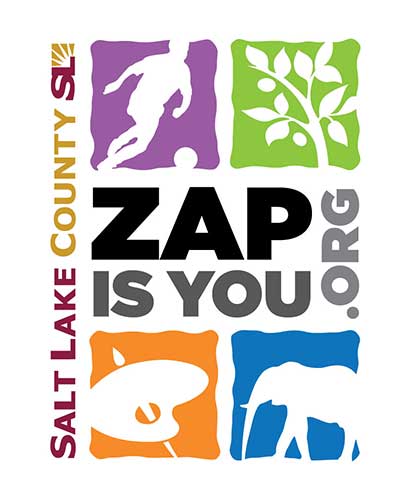The Living Traditions Festival supports the diverse artistic traditions and perspectives through the presentation of both historical and contemporary customs, facilitating thoughtful conversations about the unique qualities of various cultures, and the similarities of the human experience, while creating bonds among community members. By preserving the cultural traditions of their community, Living Traditions artists make a great contribution to our sense of place and help demonstrate Salt Lake City as a diverse and vibrant place to live. Admission is free for all event attendees, which brings together over 90 cultures that have made Salt Lake City their home.
The annual Living Traditions Festival will be held May 17, 18, and 19, 2024 at Washington and Library Square and features:
- Performing Artists
- Culinary Artists
- Craft Artists
- Food Demos and Tastings
- Workshops
- Film Screenings
- School Day Program
Want to participate in the 2024 Living Traditions Festival?
VOLUNTEER COMMUNITY PARTNERS
Please reach out to Dawn Borchardt with any questions at
Find @slclivingtrad on Instagram
